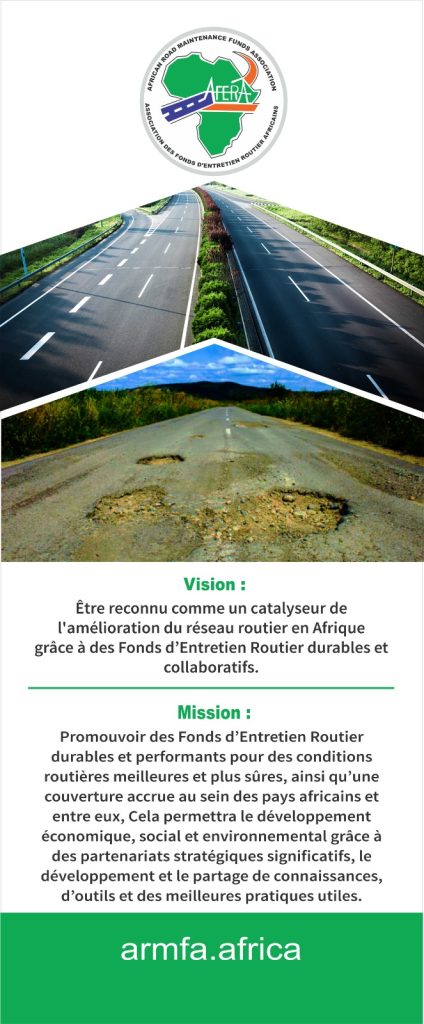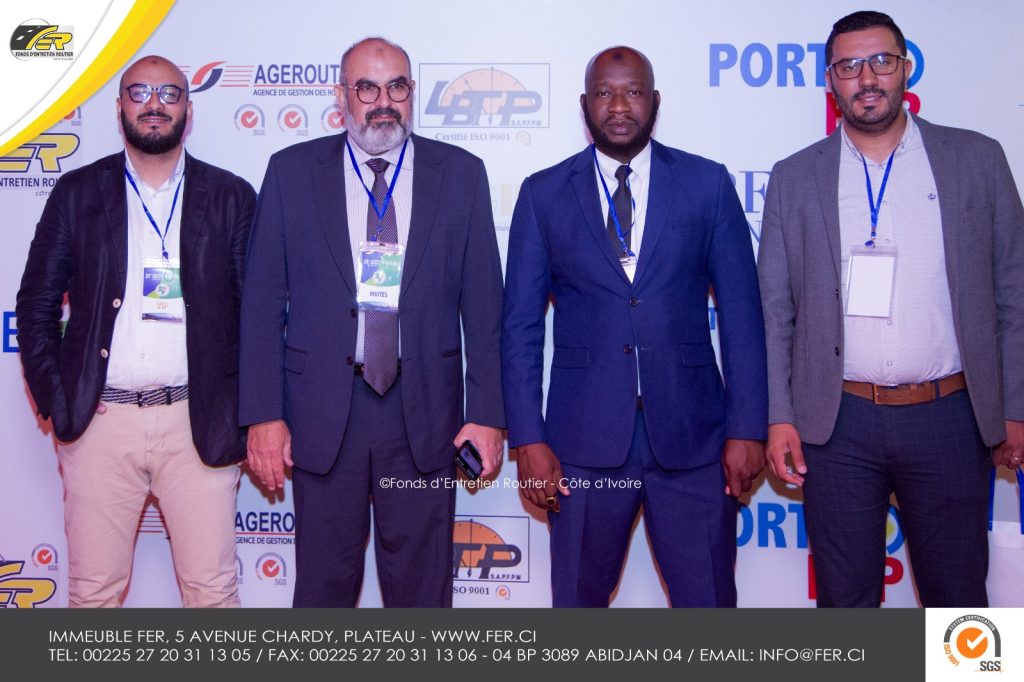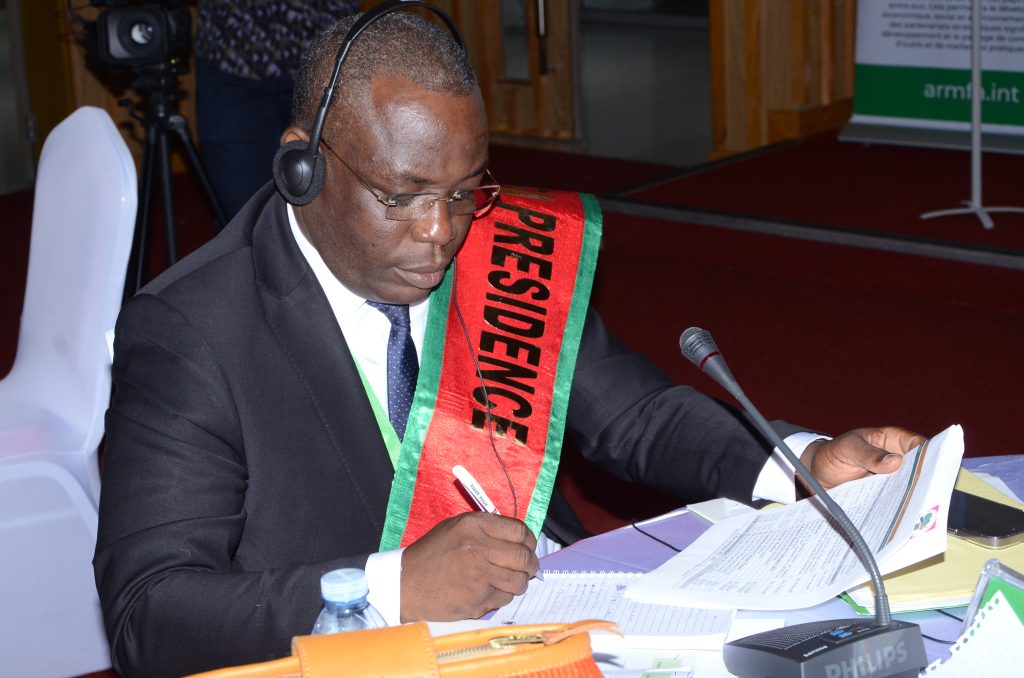

The General Assembly (GA) is the supreme body of ARMFA. It is comprised of all Road Maintenance Funds which are members of the Association. The GA is authorized to deliberate on all matters concerning ARMFA

The organs of the Association are:
1) the General Assembly,
2) the Executive Committee,
3) the Permanent Executive Secretariat,
4) other bodies created pursuant to the Association’s Bylaws and Resolutions approved by the General
Assembly, e.g., Ad Hoc Committees and Regional Focal Groups.
The key ARMFA stakeholders could be grouped into four main stakeholder categories, namely:
1) “Owners/sponsors/champions” on top, consisting of the General Assembly and Executive Committee.
2) The second group is the “Employees” or HQ/Office – the Permanent/Executive Secretariat under the
leadership of the Executive Secretary (ES).
3) The third group (on the left-hand side) is the “Beneficiaries”, subdivided in focal groups/regions –
consisting of members (Road Maintenance Agencies), their governments and ultimately the road
users, the final beneficiaries.
4) The fourth group on the right-hand side, is the “Partner” group – consisting of national, regional and
global partners. These fall under the specialised Committees and include experts, professionals,
universities, businesses and development partners (DPs)



The Executive Committee (EC) is the managerial body of the Association comprising of the Association’s
President, the 1st and the 2nd Vice-Presidents (elected by the General Assembly), and the Chairman of
ARMFA’s Regional Focal Groups listed in order of hierarchy.
In the case of any impediment or unavailability of a member, the Executive Committee shall designate
another member to act in his place. The distribution of the various posts considers geographical and
linguistic realities. The Executive Committee is assigned the following responsibilities to:
The Permanent Secretariat is the administrative and operational body of the Association, managed by
an Executive Secretary who is recruited and monitored by the ARMFA Executive Committee. The
Executive Committee appoints members of the recruitment committee. The Office of the Permanent
Secretariat comprises the following personnel:



Social Profiles